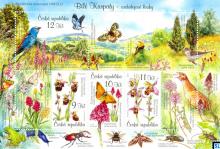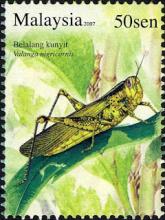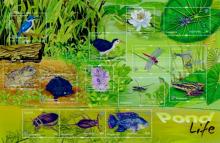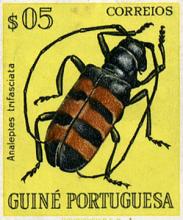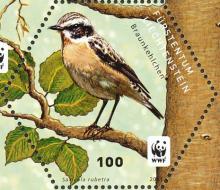Insecticides are key drivers of a global freshwater biodiversity crisis
This thesis by Sebastian Stehle analyses the agriculture–environment linkages for pesticides at the global scale and it thereby contributes to a new research frontier in global ecotoxicology. The overall findings substantiate that agricultural insecticides are potential key drivers for the global freshwater biodiversity crisis and that the current regulatory risk assessment approaches for highly toxic anthropogenic chemicals fail to protect the global environment.


